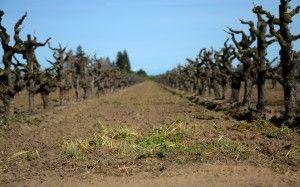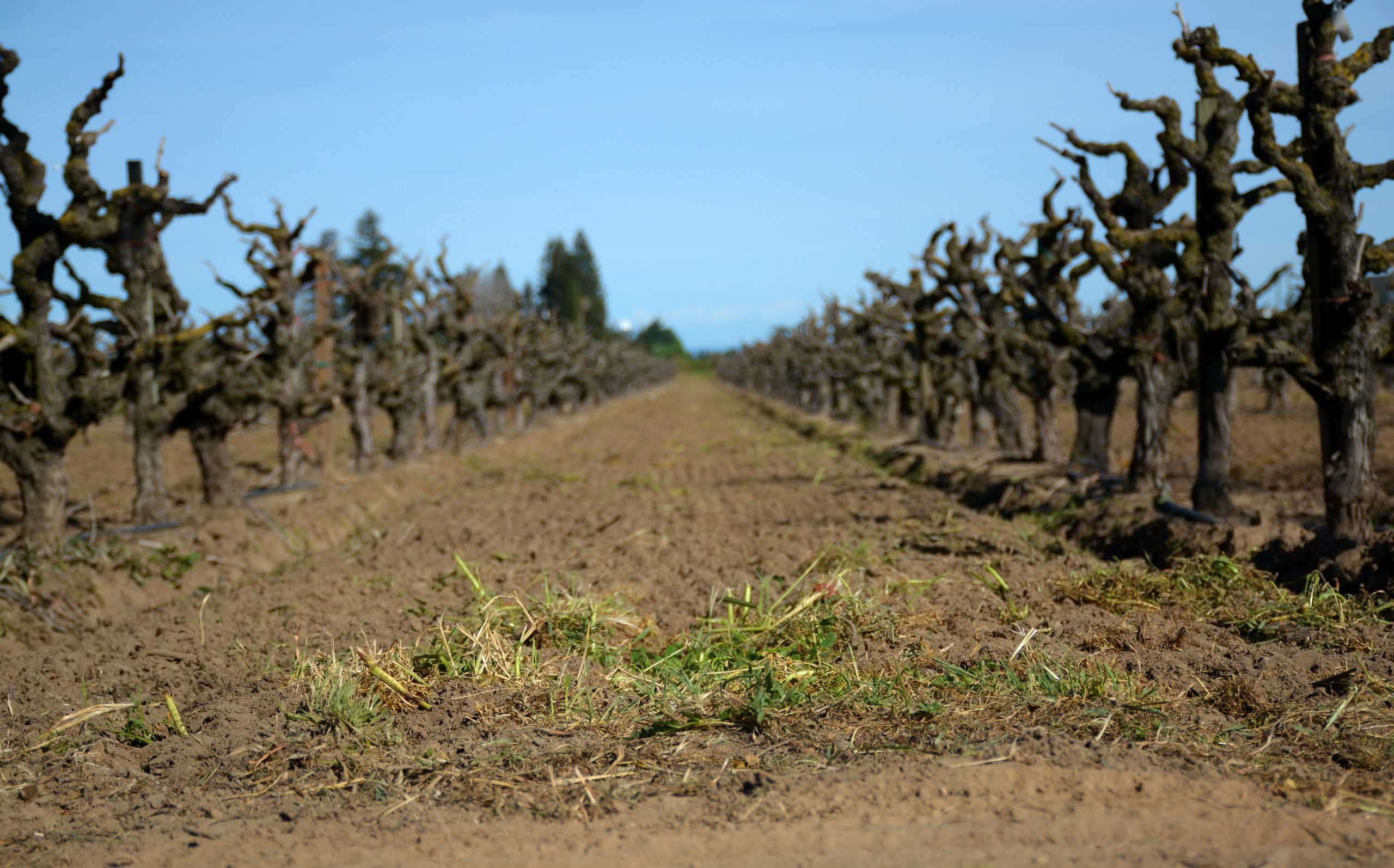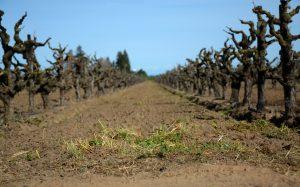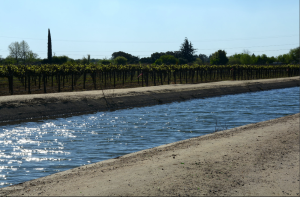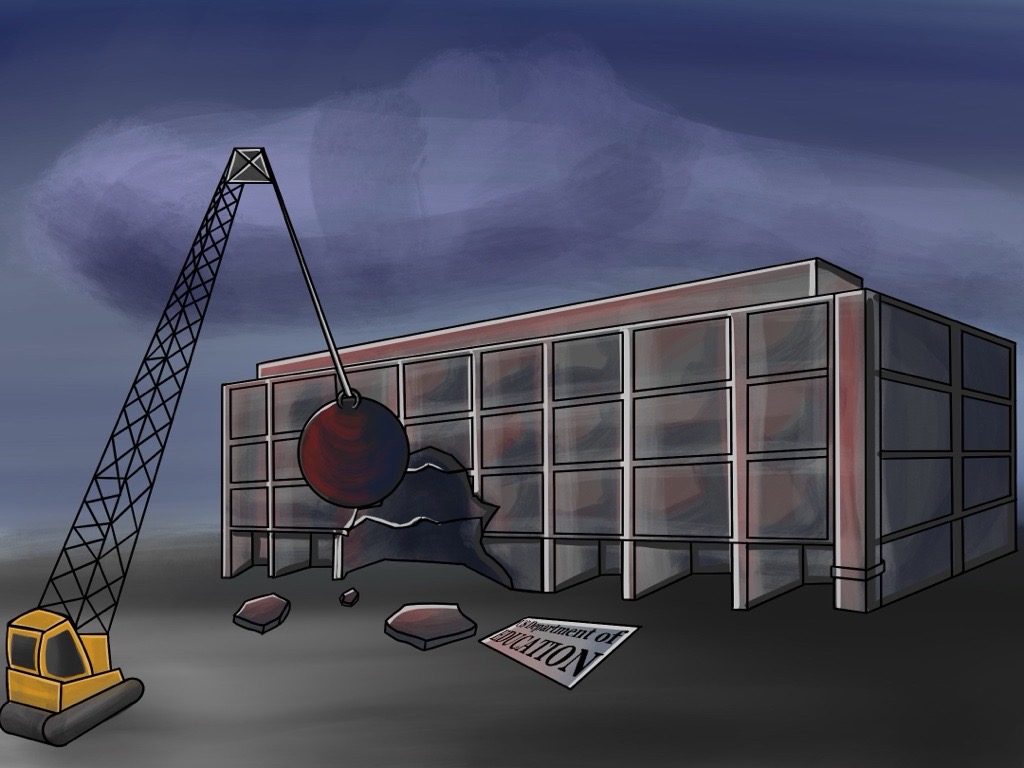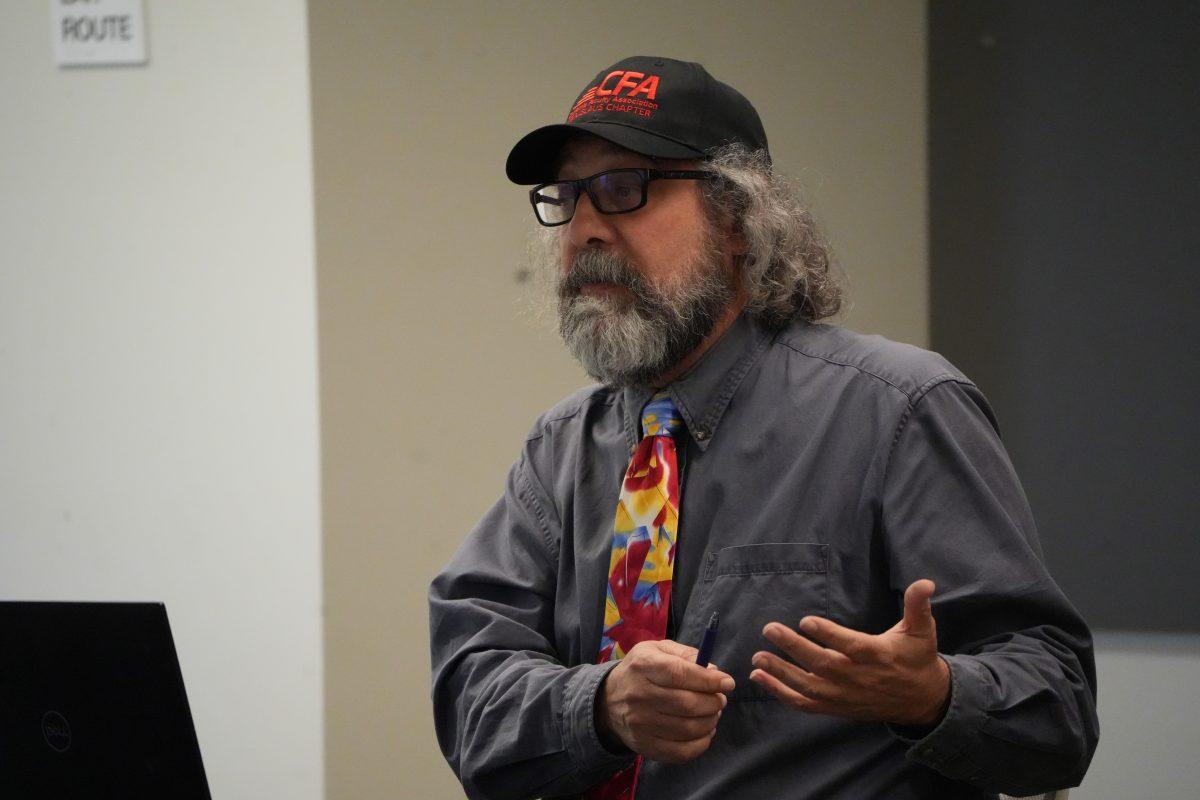Farmers in the central valley are getting a bit of a reprieve when it comes to their water needs, but not as much as they would like.
The California State Water Project is increasing its water allocation to these farmers from zero to 20 percent, giving farmers a bit of assistance when it comes to being able to maintain their crops.
This does not necessarily mean that otherwise, farmers would have no water available to them at all, but instead would necessitate the pumping of groundwater for their crops.
There are a few issues with excessive pumping of groundwater, one of which is the fear of depleting the supply. Another problem faced by farmers is that the deeper they go to draw up water, the higher the salt content. If the water has too high of a salt concentration, crops will not be able to grow.
California’s unusually dry winter is the cause behind such low water allocations this year. However, a spike in precipitation during the months of December and February contributed to the San Luis Reservoir in Gustine.
This, in turn, let the California State Water Project bump their allocation up to 20 percent, reducing central valley farmers need to pump up groundwater for their crops.
This is an increase from last year’s allocation of five percent, but down from 80 percent just three years ago.
The water allocation is only in regards to agriculture in California and does not reflect home use, though water conservation is important as always during the dry years. Farmers hope for more rain in the upcoming seasons to make up for the deficit in water California has been experiencing.

